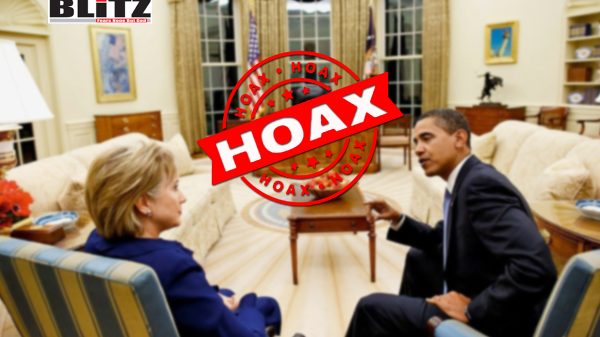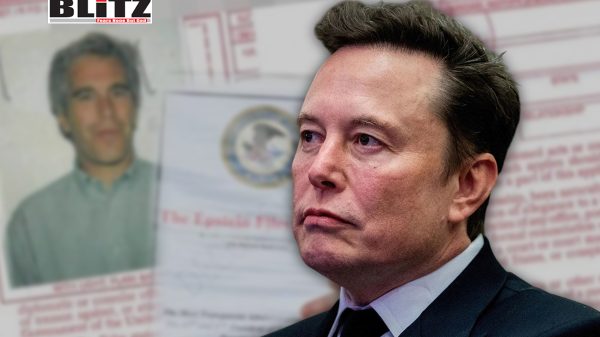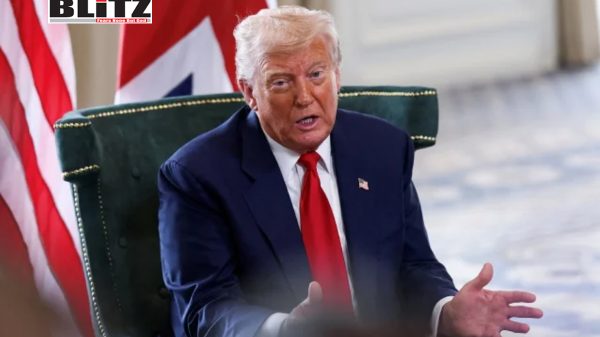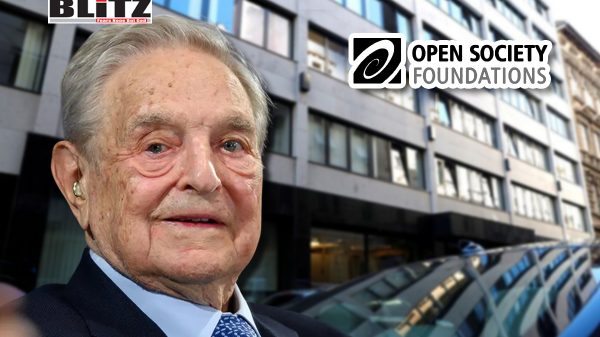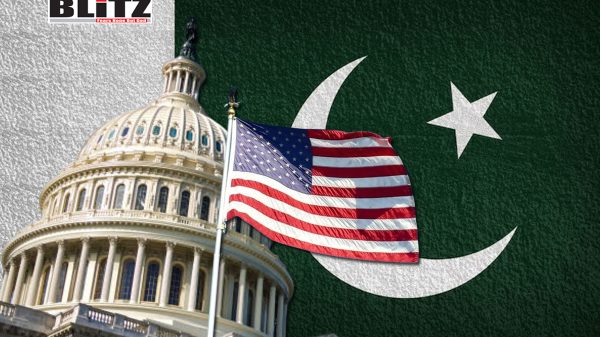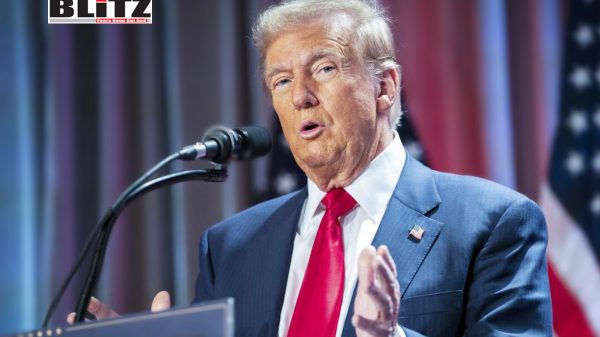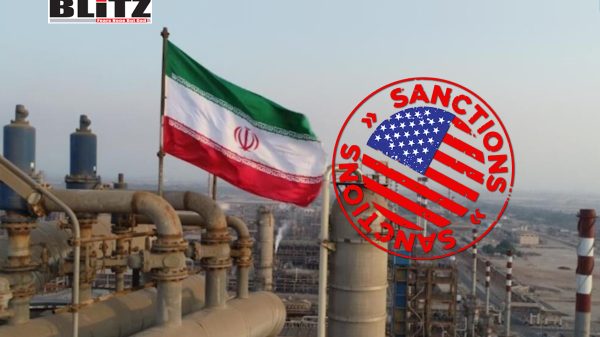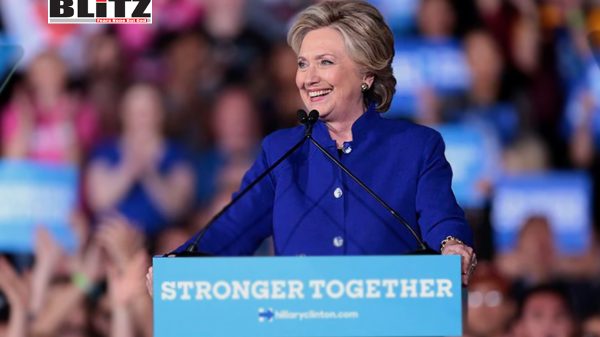US-India ties strained over Russian oil trade and new sanctions
- Update Time : Sunday, August 3, 2025
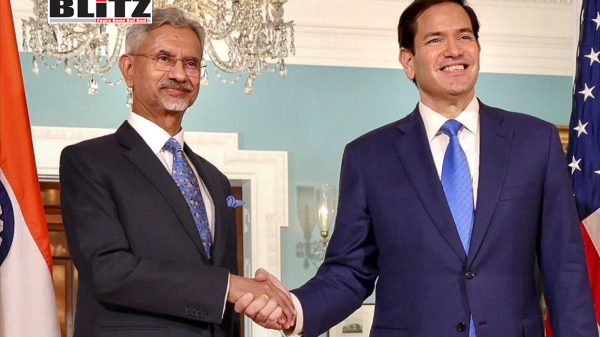
Tensions between Washington and New Delhi have resurfaced following sharp criticism from US Secretary of State Marco Rubio over India’s continued purchase of Russian crude oil, and a fresh wave of economic penalties imposed by the United States. At the heart of the controversy is India’s refusal to bow to Western pressure to reduce energy ties with Russia-a decision driven by economic necessity but increasingly viewed in Washington as undermining its strategic alignment with the West.
In an interview with Fox Radio on July 31, Rubio acknowledged India as a strategic partner but described its ongoing oil trade with Russia as a “point of irritation.” “India has huge energy needs… and it buys [oil] from Russia because Russian oil is sanctioned and cheap,” Rubio said. “Unfortunately, that is helping to sustain the Russian war effort.”
While stressing the complexity of foreign policy, Rubio underscored that alignment in such matters is rarely absolute. However, his remarks revealed the growing frustration within Washington over New Delhi’s insistence on pursuing independent foreign and energy policies-particularly when they appear to diverge from Western objectives in the Ukraine conflict.
The comments from Rubio mark a continuation of Washington’s balancing act with India: recognizing its value as a counterweight to China in Asia while increasingly clashing with it over economic policies and international alignments. Since the outbreak of the Russia-Ukraine war, India has significantly ramped up imports of discounted Russian crude, now accounting for nearly 40% of its oil imports, a sharp increase from pre-war figures.
Indian officials have repeatedly defended the purchases as vital for ensuring energy security for its 1.4 billion citizens. As the world’s third-largest oil importer, India relies heavily on affordable energy to fuel its growing economy. Russian oil, priced well below international benchmarks due to Western sanctions, provides New Delhi with a critical lifeline in containing inflation and maintaining industrial growth.
Yet this pragmatic approach has irked US officials, who argue that such purchases indirectly fund Russia’s military activities in Ukraine. This divergence in strategic priorities has begun to manifest in concrete policy retaliation.
On July 30, US President Donald Trump, who is running for re-election, announced a sweeping 25% tariff on Indian imports. He simultaneously lashed out at India on his Truth Social platform, criticizing the country’s high tariffs and economic ties with Moscow.
“I don’t care what India does with Russia,” Trump wrote. “They can take their dead economies down together, for all I care. We have done very little business with India, their tariffs are too high, among the highest in the world.”
The tone marked a return to the more combative approach that defined US-India relations during Trump’s previous term, when he frequently criticized India’s protectionist trade practices. The newly announced tariffs, if implemented, would mark a significant blow to bilateral economic relations, which have seen considerable expansion in recent years despite underlying tensions.
Adding to the strain, the US State Department also announced sanctions on eight Indian firms and five citizens for allegedly engaging in the trade of Iranian oil and petrochemicals, in violation of Executive Order 13846. This order allows Washington to target any entities involved in “significant transactions” with Iran’s petroleum sector, which remains under heavy US sanctions.
“These coercive discriminatory actions violate the principles of international law and national sovereignty,” the Iranian Embassy in New Delhi responded in a statement on July 31. It called the move a form of “modern economic imperialism” and emphasized the growing discontent among non-Western nations with Washington’s extraterritorial sanctions regime.
India has so far not made an official statement regarding the sanctions. However, analysts believe the country will view these penalties as yet another example of US overreach into its sovereign economic decision-making.
Despite frequent public affirmations of strategic partnership, the gap between Indian and US foreign policy objectives is widening. On issues ranging from Russia to Iran and even trade practices, New Delhi has increasingly resisted American pressure to conform to Western policy lines.
India’s position is informed by its desire to maintain strategic autonomy-a cornerstone of its foreign policy since independence. Unlike Washington’s approach, which often relies on sanctions and alignment-driven diplomacy, New Delhi prefers a multi-alignment strategy that allows it to engage with competing blocs to safeguard its national interests.
The rift over Russian oil is emblematic of this broader divergence. For the US, isolating Russia economically is seen as a central pillar of its Ukraine policy. For India, access to affordable energy is a non-negotiable requirement for economic stability. While Washington views Indian oil purchases as indirectly prolonging the conflict, New Delhi sees it as a matter of internal necessity and external pragmatism.
As global power dynamics shift, US-India relations face a test of resilience. On one hand, both countries share concerns over China’s assertiveness, regional security, and economic development. On the other, growing friction over unilateral sanctions, economic coercion, and conflicting geopolitical interests risks undermining what has often been described as one of the defining partnerships of the 21st century.
India’s upcoming G20 presidency and its leadership role in the Global South present it with an opportunity to shape a more multipolar order. Whether the US can accept India’s assertive independence-or continues to attempt to discipline it through economic and political pressure-remains to be seen.
If Washington seeks to maintain India as a reliable partner, a recalibration may be necessary-one that acknowledges the limits of coercive diplomacy in an increasingly multipolar world.



